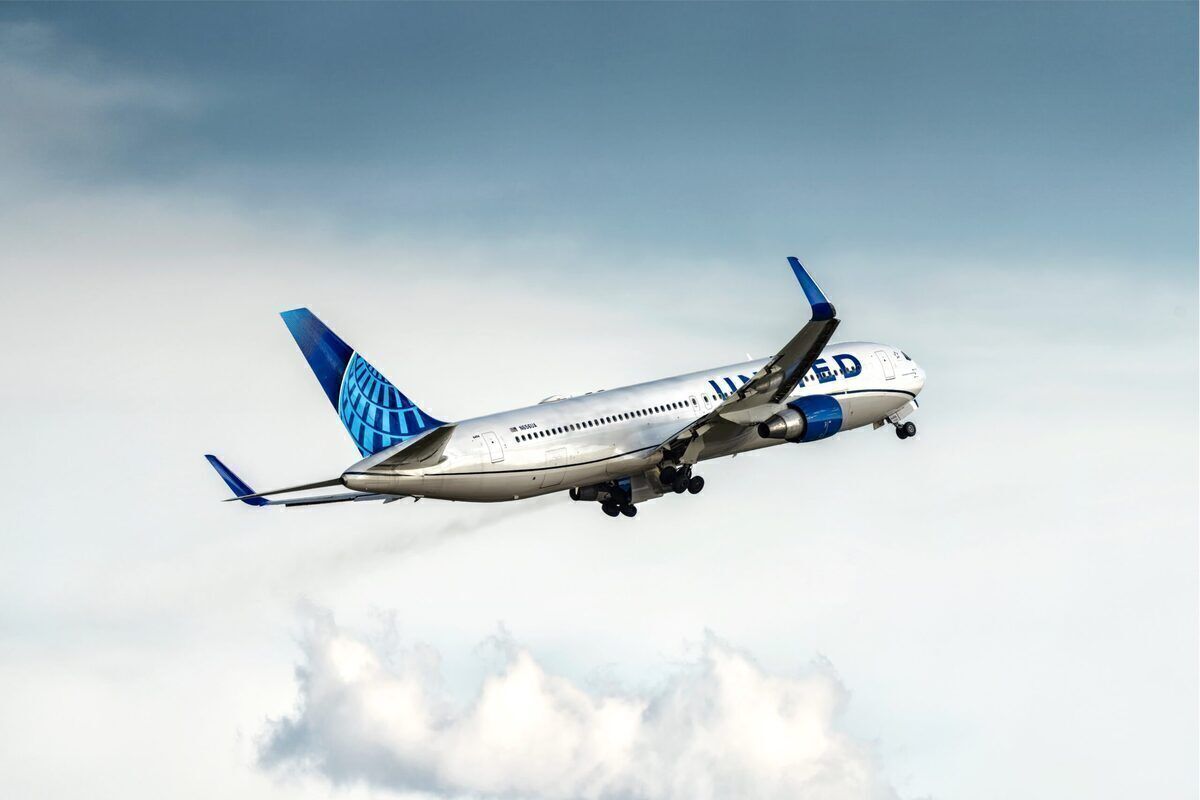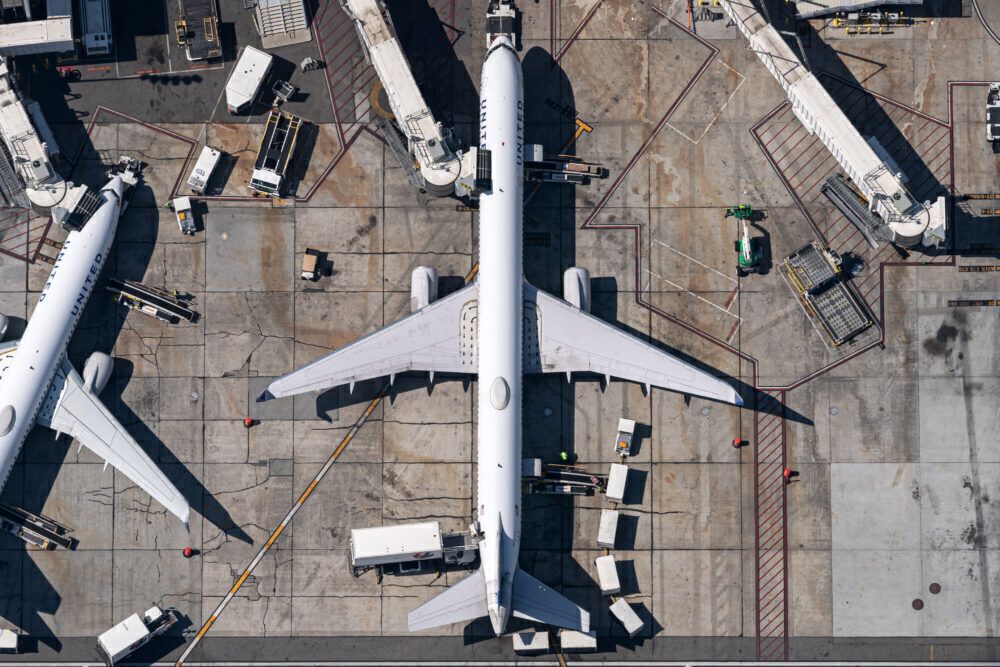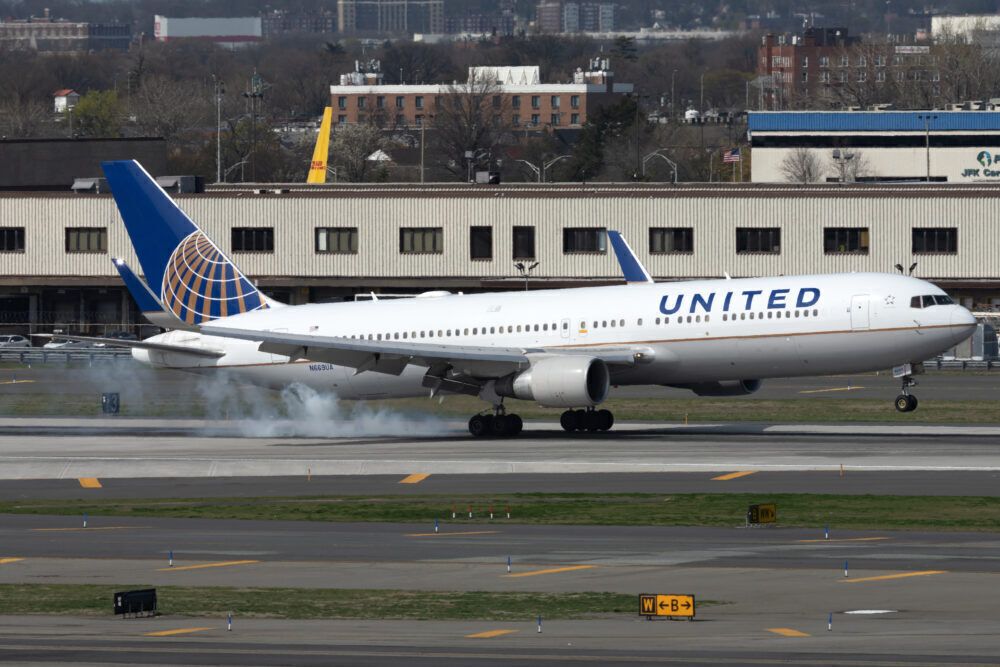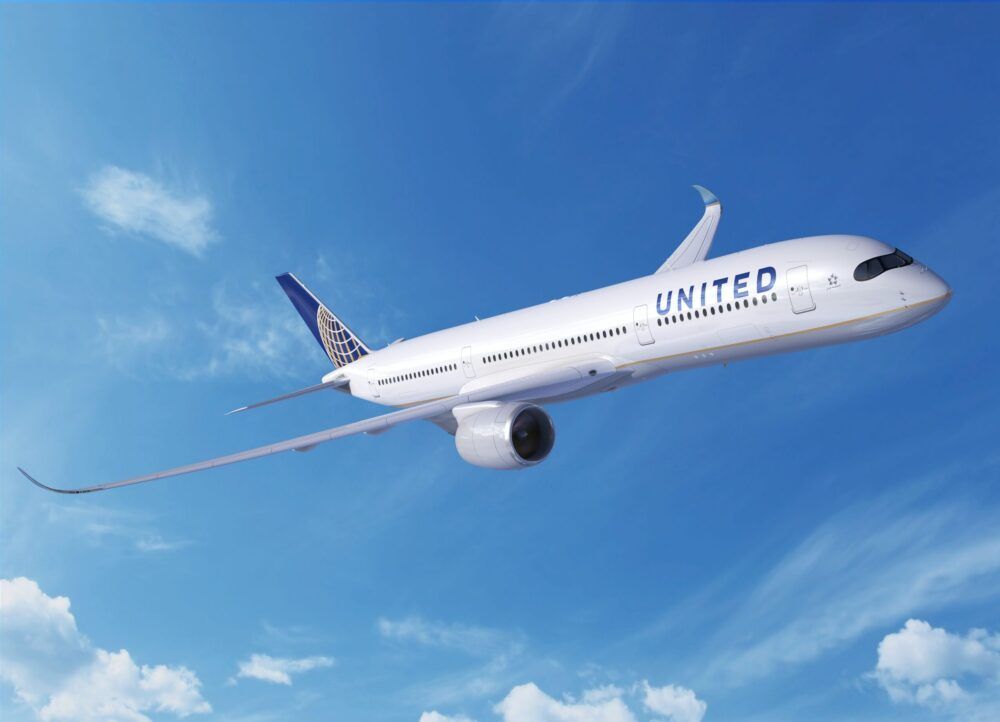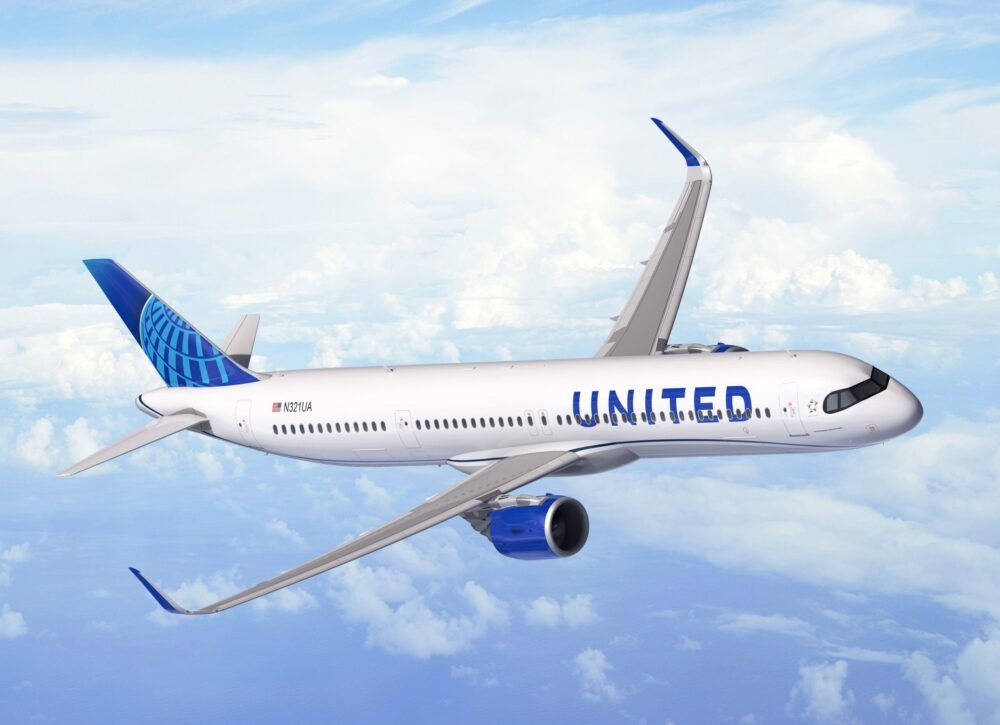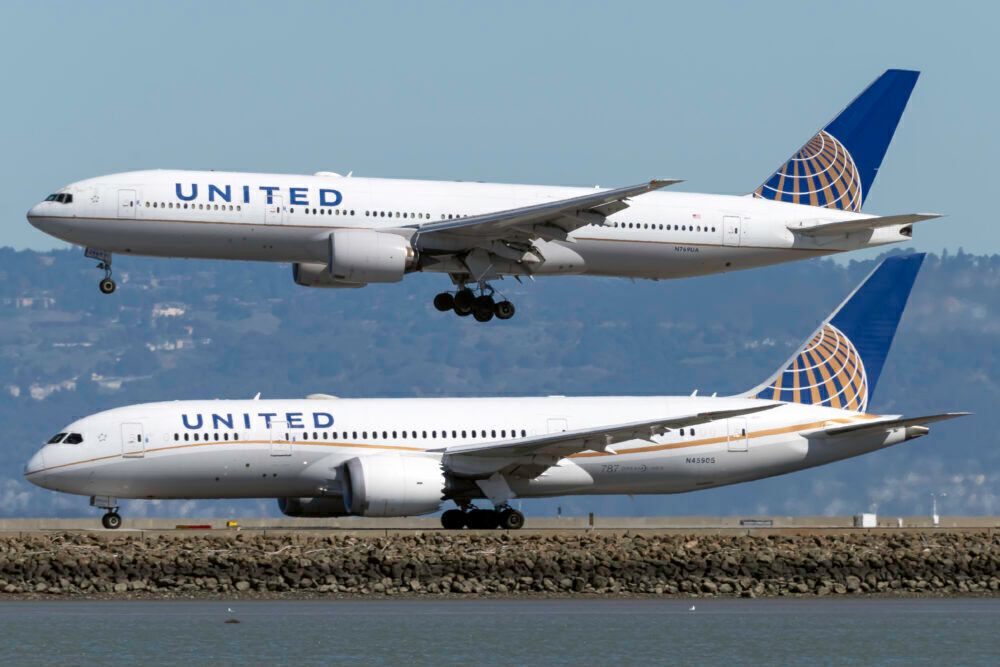United Airlines' CEO Scott Kirby stated on Tuesday that the airline has plenty of flexibility over the next few years. Speaking at the Wolfe Research Transportation & Industrials Conference, he commented on the airline's continued flexibility, even as it expects to see a continued rebound of leisure and business travel.
United Airlines has a lot of flexibility
United Airlines CEO Scott Kirby stated the following at the conference on flexibility:
"We’ve got 275 airplanes coming up in the next [...] three to four years that we could essentially either retire on the normal schedule or early retire. Early retire is before you get to one of the later stage, like the fourth heavy check or an engine overhaul, where it’s actually P&L and NPV, essentially breakeven, to retire the airplane early and harvest it for parts instead of spending the money to do the overhauls on the airframe, and on the engine.
"So, we’ve got 275 airplanes worth of flexibility, if anything is happening – of course, we don’t think that is going to happen."
Essentially, United Airlines has the option to make some big fleet changes in the coming years if it needs to. Mr. Kirby did not name any specific triggers that could impede the return of business travel or lead the airline to alter its fleet plans in favor of retirements.
Stay informed: Sign up for our daily and weekly aviation news digests.
What aircraft could United look at?
United has an array of jets it could look at retiring early if it needs to. This includes everything from Airbus narrowbodies to older Boeing 737s, 757s, 767s, or 777s.
The argument for taking out Airbus or Boeing narrowbodies would mostly be fleet replacement through the delivery of Boeing 737 MAX aircraft. Those newer jets, which are also of a higher gauge than the likes of Airbus A319s or Boeing 737-700s, would allow United to make much-needed gauge increases while keeping its costs down.
On the other hand, the widebodies would be more about a slower or diminished return of international demand. Another argument centers around Boeing 787 deliveries. Though the airline is nearing the end of its 787 delivery timeline, those aircraft could help accelerate the withdrawal of Boeing 767s.
United does have an order for Airbus A350 aircraft. Those jets, now pushed out to 2027, previously were expected to replace older jets like the Boeing 777-200ER. However, it is questionable whether United will even take the aircraft or decide to stick with the Boeing 787 and augment its orders for the jet type.
The Boeing 757s already have a replacement on order. United has selected the Airbus A321XLR to replace those jets. Meanwhile, it can turn to the Boeing 737 MAX 10 to fill some of the domestic gaps with the 757 retirements.
Ultimately, if United does decide to retire those 275 aircraft, the question will be less about perfect, one-to-one aircraft replacement and more about streamlining the fleet to meet short-term needs for cost-cutting and preparing for a new kind of network.
United's fleet made it out intact in 2020
United Airlines actually exited 2020 with more jets than it had to start the year. The airline bucked the trend set by airlines like Delta and American, which pulled down hundreds of aircraft from its fleet in 2020.
The calculus around the fleet was to ensure it had the aircraft to service the recovery. It is much more difficult to quickly add a new jet than to bring back a parked jet if demand warrants. With the demise of other airlines and structural changes to flying, United Airlines believes it will be in a good position to bring back all, or most, of its international network.
With this in mind, it would take a pretty seismic shift in the market for United to pull down any more of those aircraft. Some are scheduled for retirement in the airline's natural cycle, but early retirements are generally reserved for the most urgent and necessary retirements.
Do you think United was smart to keep its fleet flexibility for the next few years? Let us know in the comments!

